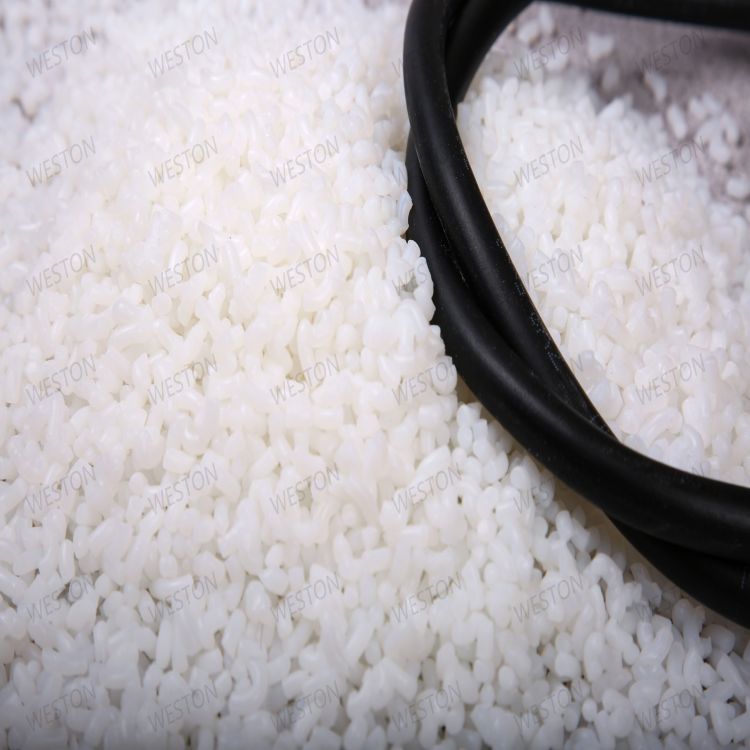-
Categories
-
Pharmaceutical Intermediates
-
Active Pharmaceutical Ingredients
-
Food Additives
- Industrial Coatings
- Agrochemicals
- Dyes and Pigments
- Surfactant
- Flavors and Fragrances
- Chemical Reagents
- Catalyst and Auxiliary
- Natural Products
- Inorganic Chemistry
-
Organic Chemistry
-
Biochemical Engineering
- Analytical Chemistry
- Cosmetic Ingredient
-
Pharmaceutical Intermediates
Promotion
ECHEMI Mall
Wholesale
Weekly Price
Exhibition
News
-
Trade Service
5.
2.
6.
6 Determination
(1) Liquid chromatography conditions
Chromatographic column: ZORBAXSB-C 18 , 3.
5um , 150mm×2.
1mm (inner diameter) or equivalent; see Table 5-35 for mobile phase composition, flow rate and gradient program; column temperature: 30°C; sample volume: 20uL
.
(2) Mass spectrometry conditions
Ion source: electrospray ion source; scanning method: positive ion scan; detection method: multi-reaction monitoring; electrospray voltage: 5500V; atomizing gas pressure: 0.
055MPa; curtain air pressure: 0.
079MPa; auxiliary gas flow rate: 6L/min ; Ion source temperature: 400℃; qualitative ion pair, quantitative ion pair and declustering voltage (DP), collision gas energy (CE) are shown in Table 5-36
.
(3) Qualitative determination
Select one parent ion and two or more product ions of each substance to be tested.
Under the same experimental conditions, the retention time of the substance to be tested in the sample is within ±2.
5% of the retention time of the corresponding substance in the matrix standard solution; Comparing the relative abundance of each qualitative ion in the sample spectrum with the relative abundance of the ion in the matrix standard solution with a similar concentration, if the deviation does not exceed the range specified in Table 1-5, it can be determined that there is a corresponding in the sample.
Object to be tested
.
(4) Quantitative determination
Use a blank sample to add a standard mixed working solution for injection separately, and draw a standard working curve with the concentration of the standard working solution as the abscissa and the peak area as the ordinate
.
Use the standard working curve to quantify the sample.
The response values of the five cephalosporins in the sample solution should all be within the linear range determined by the instrument
5.
2.
6.
7 Selection of analysis conditions
(1) Selection of extraction solution
In the study of this method, according to the characteristics of the puffer fish and eel samples and the nature of the test object, acetonitrile is used to deproteinize.
This method uses acetonitrile as the extract to eliminate the interference of the matrix on the five cephalosporins
.
The recovery rates of 5 cephalosporins in puffer fish and eels were extracted with acetonitrile for different times.
For details, see Table 5-44 and Table 5-45
Table 5-44 Recovery rates of 5 cephalosporins extracted from eel samples with acetonitrile
Table 5-45 Recovery rates of 5 cephalosporins extracted from puffer fish samples with acetonitrile
(2) Selection of liquid chromatography analysis column
A μBondapak C 18 300mm×4.
0mm column and a ZORBAXSB-C 18 3.
5μm 150mm×2.
1mm column were used to compare the chromatographic behaviors of five cephalosporins
.
Experiments have found that the sensitivity of these two chromatographic columns can meet the requirements, but the flow rate of the uBondapak C 18 300mm×4.
0mm chromatographic column is 1.
5.
2.
6.
8 Linearity range and lower limit of determination
The preparation contains cefpirin , cephalexin , cefalonine , cefquinoxime , and cefazolin at concentrations of 2.
5~200ng/mL, 2.
5~200ng/mL, 2.
5~200ng/mL, 2.
5~200ng/mL, 12.
5~1000ng, respectively /mL sample matrix mixed standard solution (0.
5-40 LOD), measured under selected conditions, the injection volume is 20uL, the peak area is used to plot the concentration of each component in the standard solution, cefazolin The absolute amounts of Cefpiline, Cephalexin, Ceflonine, and Cefquinoxime were linear in the range of 0.
05-40ng, which met the quantitative requirements.
The linear equations and correction factors are shown in Table 5-40
.
Under the operating conditions of this method, when the 5 cephalosporins were added at a level of 2-100μg/kg (LOD-10LOD), their respective measured response values were within the linear range of the instrument
.
At the same time, the added concentration of cefazolin in the sample was 10ug/kg; the added concentration of cefpirin was 2.
0ug/kg; the added concentration of cefalexin was 2.







